Home>Furniture & Design>Interior Design Trends>How Many Grams Of Sugar Is A Glass Of Wine
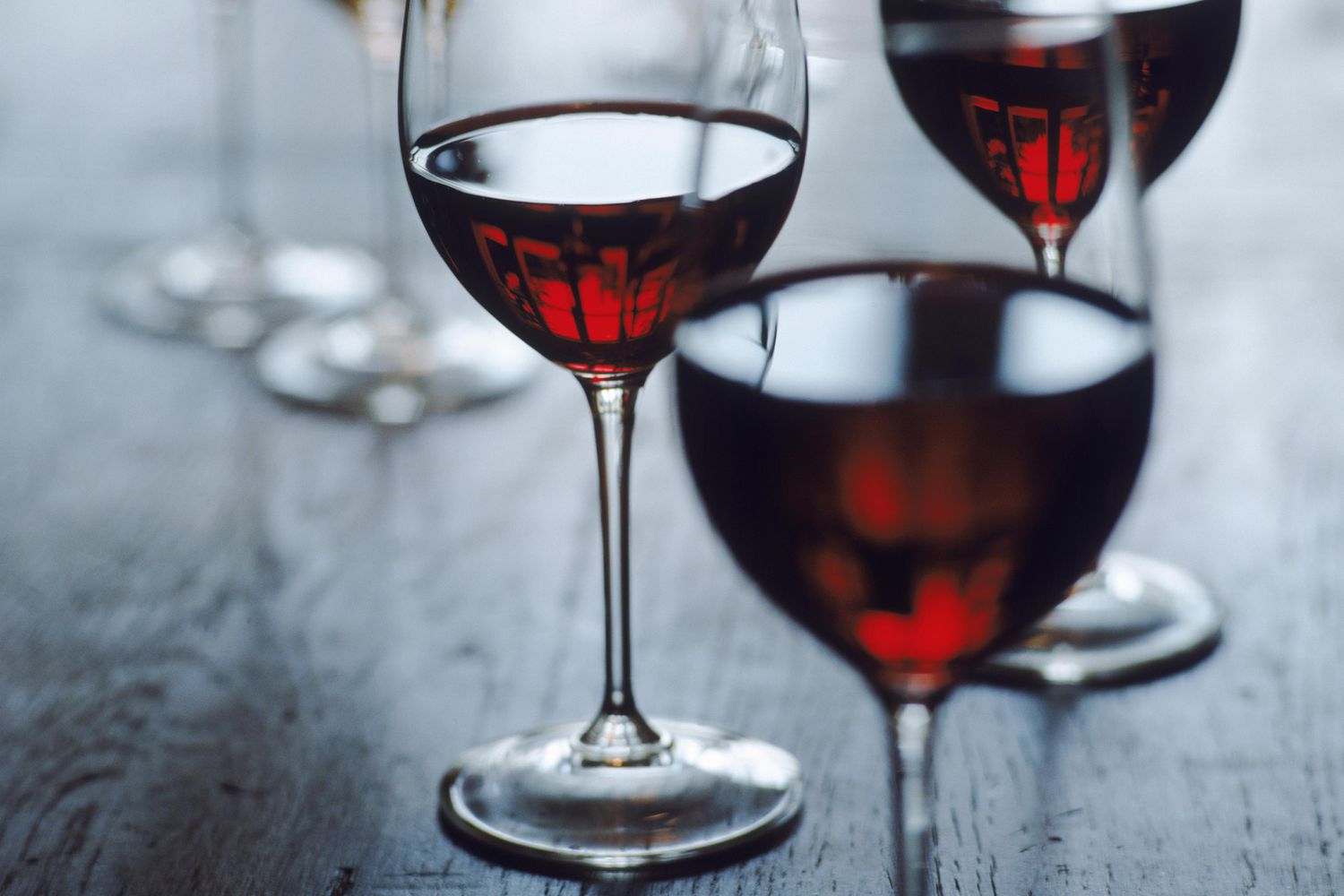

Interior Design Trends
How Many Grams Of Sugar Is A Glass Of Wine
Modified: February 6, 2024
Discover the latest interior design trends and tips for creating a stylish and functional space. Stay updated with the latest interior design trends and elevate your space.
(Many of the links in this article redirect to a specific reviewed product. Your purchase of these products through affiliate links helps to generate commission for Storables.com, at no extra cost. Learn more)
Introduction
Wine has been a beloved beverage for centuries, captivating the senses with its diverse flavors and aromas. However, beyond its delightful taste, wine also contains varying amounts of sugar, which has sparked curiosity and concern among enthusiasts and health-conscious individuals alike. Understanding the sugar content in wine is crucial for making informed choices about consumption and aligning with dietary preferences.
In this comprehensive guide, we will delve into the intricate world of sugar in wine, shedding light on the factors that influence its presence and the implications for those savoring a glass or two. Whether you're a seasoned wine aficionado or a novice exploring the nuances of this timeless libation, this exploration of sugar in wine promises to unravel the mysteries and provide valuable insights into this cherished elixir.
Key Takeaways:
- Wine sugar content varies, impacting taste. Factors like grape variety, climate, and winemaking techniques influence sweetness. Understanding sugar levels empowers informed wine choices.
- Moderation is key in wine consumption. Opt for drier wines with lower sugar content. Consider individual dietary needs and consult healthcare professionals for personalized recommendations.
Read more: How Much Sugar In Wine Glass
Understanding Sugar Content in Wine
The sugar content in wine, often a topic of interest and discussion, plays a significant role in defining the wine's taste profile and overall characteristics. Understanding the sugar content in wine begins with recognizing that it is derived from the natural sugars present in the grapes used to produce the wine. During the winemaking process, these sugars are converted into alcohol through fermentation. However, a certain level of residual sugar may remain in the finished product, contributing to its perceived sweetness.
Wines are commonly categorized based on their sugar content, ranging from bone-dry to lusciously sweet. The terms used to describe these categories may vary, but they generally include designations such as "dry," "off-dry," "semi-sweet," and "sweet." These classifications provide consumers with valuable insights into the expected sweetness levels of different wine varieties.
To quantify the sugar content in wine, winemakers and experts use the concept of residual sugar, which refers to the natural grape sugars that remain unfermented in the finished wine. This residual sugar level is typically measured in grams per liter (g/L) and serves as a crucial indicator of a wine's sweetness. Wines with lower residual sugar content are perceived as drier, while those with higher residual sugar levels are associated with varying degrees of sweetness.
It's important to note that the perception of sweetness in wine is not solely determined by its residual sugar content. Factors such as acidity, tannins, and alcohol levels also influence how sweet or dry a wine tastes to the palate. For instance, a wine with high acidity may balance out the sweetness, resulting in a more harmonious and less cloying perception of sweetness.
In the world of sparkling wines, the sugar content is often a point of interest, particularly in the case of Champagne and other sparkling wine styles. Terms such as "Brut," "Extra Dry," and "Demi-Sec" are used to denote the sugar levels in these effervescent delights, offering consumers a guide to the expected sweetness in their bubbly selections.
Understanding the sugar content in wine empowers enthusiasts to make informed choices based on their flavor preferences and dietary considerations. Whether savoring a crisp, bone-dry Sauvignon Blanc or indulging in a lusciously sweet late-harvest Riesling, the sugar content in wine adds a layer of complexity and diversity to the world of oenology, enriching the experience for wine lovers around the globe.
Factors Affecting Sugar Content in Wine
The sugar content in wine is influenced by a myriad of factors, each contributing to the unique composition and flavor profile of the finished product. Understanding these factors is essential for appreciating the complexities of wine and the interplay between natural elements and human intervention.
-
Grape Variety: Different grape varieties inherently contain varying levels of natural sugars. For instance, grapes such as Muscat and Riesling are known for their high sugar content, while varieties like Sauvignon Blanc and Chardonnay tend to have lower sugar levels. The choice of grape variety significantly impacts the potential sugar content in the resulting wine.
-
Climate and Terroir: The environmental conditions in which grapes are cultivated play a pivotal role in determining their sugar content. Warm climates with abundant sunshine encourage the accumulation of sugars in grapes, leading to higher potential alcohol levels in the resulting wine. Conversely, cooler climates may yield grapes with lower sugar levels, resulting in wines with lighter body and lower alcohol content.
-
Ripeness at Harvest: The timing of grape harvest is a critical factor in determining the sugar content of the grapes. As grapes ripen on the vine, their sugar levels increase, reaching optimal ripeness at a specific point. Winemakers must carefully assess the sugar ripeness of the grapes to achieve the desired balance of sweetness and acidity in the finished wine.
-
Winemaking Techniques: The decisions made during the winemaking process can impact the sugar content of the final product. For instance, the choice of fermentation duration and temperature, as well as the decision to halt fermentation before all sugars are converted to alcohol, can influence the residual sugar levels in the wine. Additionally, techniques such as chaptalization, the addition of sugar to the grape must before fermentation, can also impact the sugar content in the finished wine.
-
Yeast Selection: The type of yeast used for fermentation can affect the conversion of grape sugars into alcohol. Certain yeast strains have a higher tolerance for alcohol, allowing for more complete fermentation and lower residual sugar levels. Conversely, using yeast strains with lower alcohol tolerance may result in wines with higher residual sugar content.
Understanding these factors provides a glimpse into the intricate art and science of winemaking, showcasing the delicate balance between natural influences and human expertise. The interplay of grape variety, climate, winemaking techniques, and yeast selection contributes to the diverse array of wines available to enthusiasts, each with its own distinct sugar content and sensory characteristics.
A standard 5 oz glass of wine contains about 1-2 grams of sugar. However, sweet wines can have up to 10 grams per glass. Always check the label for specific information.
Recommended Sugar Intake for Wine Drinkers
When it comes to enjoying wine, understanding the recommended sugar intake is essential for maintaining a balanced and mindful approach to consumption. While the allure of a sweet wine can be irresistible, it's important to consider the broader dietary implications and make informed choices based on individual preferences and health considerations.
The recommended sugar intake for wine drinkers aligns with broader dietary guidelines and the concept of moderation. The American Heart Association suggests that women should limit their daily added sugar intake to no more than 6 teaspoons (25 grams) and men to 9 teaspoons (38 grams). These guidelines encompass all sources of added sugars, including those found in wine.
For individuals who savor a glass of wine as part of their routine, understanding the sugar content in different wine styles is crucial for managing their overall sugar intake. Opting for drier wine varieties, which typically have lower residual sugar levels, can be a strategic choice for those mindful of their sugar consumption. Dry red wines, such as Cabernet Sauvignon and Merlot, along with dry white wines like Chardonnay and Sauvignon Blanc, are known for their minimal residual sugar content, making them favorable options for those seeking to moderate their sugar intake.
It's worth noting that the perception of sweetness in wine can vary widely, influenced not only by residual sugar levels but also by factors such as acidity, tannins, and individual taste sensitivity. As such, individuals with specific dietary considerations, such as managing blood sugar levels or adhering to low-sugar diets, may benefit from consulting with healthcare professionals to determine personalized recommendations for wine consumption.
In the context of overall dietary patterns, incorporating wine into a balanced and varied diet can be compatible with recommended sugar intake guidelines. By being mindful of the sugar content in different wine styles and moderating consumption accordingly, individuals can savor the pleasures of wine while maintaining a health-conscious approach to their overall sugar intake.
Ultimately, the recommended sugar intake for wine drinkers emphasizes the importance of informed decision-making and mindful consumption. By understanding the sugar content in wine and aligning it with individual dietary preferences, wine enthusiasts can indulge in their favorite varietals while upholding a balanced and health-conscious approach to their overall sugar intake.
Conclusion
In conclusion, the intricate interplay of sugar content in wine serves as a captivating lens through which to explore the multifaceted world of oenology. Understanding the nuances of sugar in wine empowers enthusiasts to make informed choices, appreciate the diverse array of wine styles, and align their consumption with individual preferences and dietary considerations.
The exploration of sugar content in wine unveils the profound impact of natural elements, winemaking techniques, and grape varietals on the sensory characteristics of the finished product. From bone-dry to lusciously sweet, the spectrum of sugar levels in wine reflects the artistry and expertise of winemakers, offering a rich tapestry of flavors and aromas for enthusiasts to savor.
Furthermore, the recommended sugar intake for wine drinkers underscores the importance of mindful consumption and aligning wine preferences with broader dietary guidelines. By recognizing the sugar content in different wine styles and making informed choices, individuals can strike a harmonious balance between indulging in the pleasures of wine and maintaining a health-conscious approach to their overall sugar intake.
As the world of wine continues to evolve and captivate palates around the globe, the significance of understanding sugar content in wine remains paramount. Whether exploring the effervescence of sparkling wines, the elegance of dry whites, or the opulence of sweet dessert wines, the sugar content in wine adds depth and dimension to the sensory journey, inviting enthusiasts to embark on a delightful exploration of flavors and complexities.
In essence, the realm of sugar in wine transcends mere sweetness, embodying a symphony of natural elements, human ingenuity, and sensory delight. By embracing a nuanced understanding of sugar content in wine, enthusiasts can elevate their appreciation of this timeless libation, savoring each glass with a newfound depth of knowledge and an enriched sensory experience.
Frequently Asked Questions about How Many Grams Of Sugar Is A Glass Of Wine
Was this page helpful?
At Storables.com, we guarantee accurate and reliable information. Our content, validated by Expert Board Contributors, is crafted following stringent Editorial Policies. We're committed to providing you with well-researched, expert-backed insights for all your informational needs.
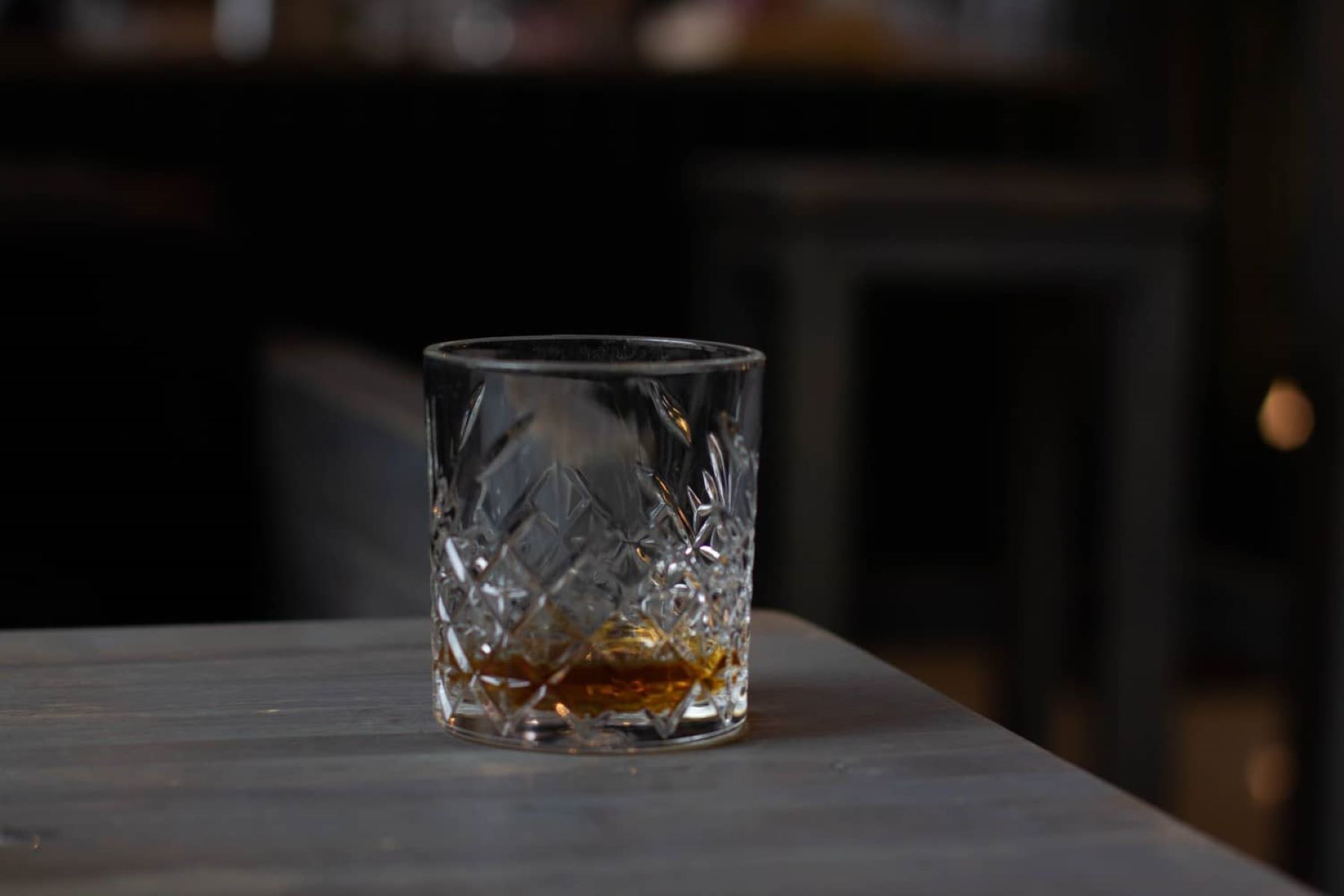
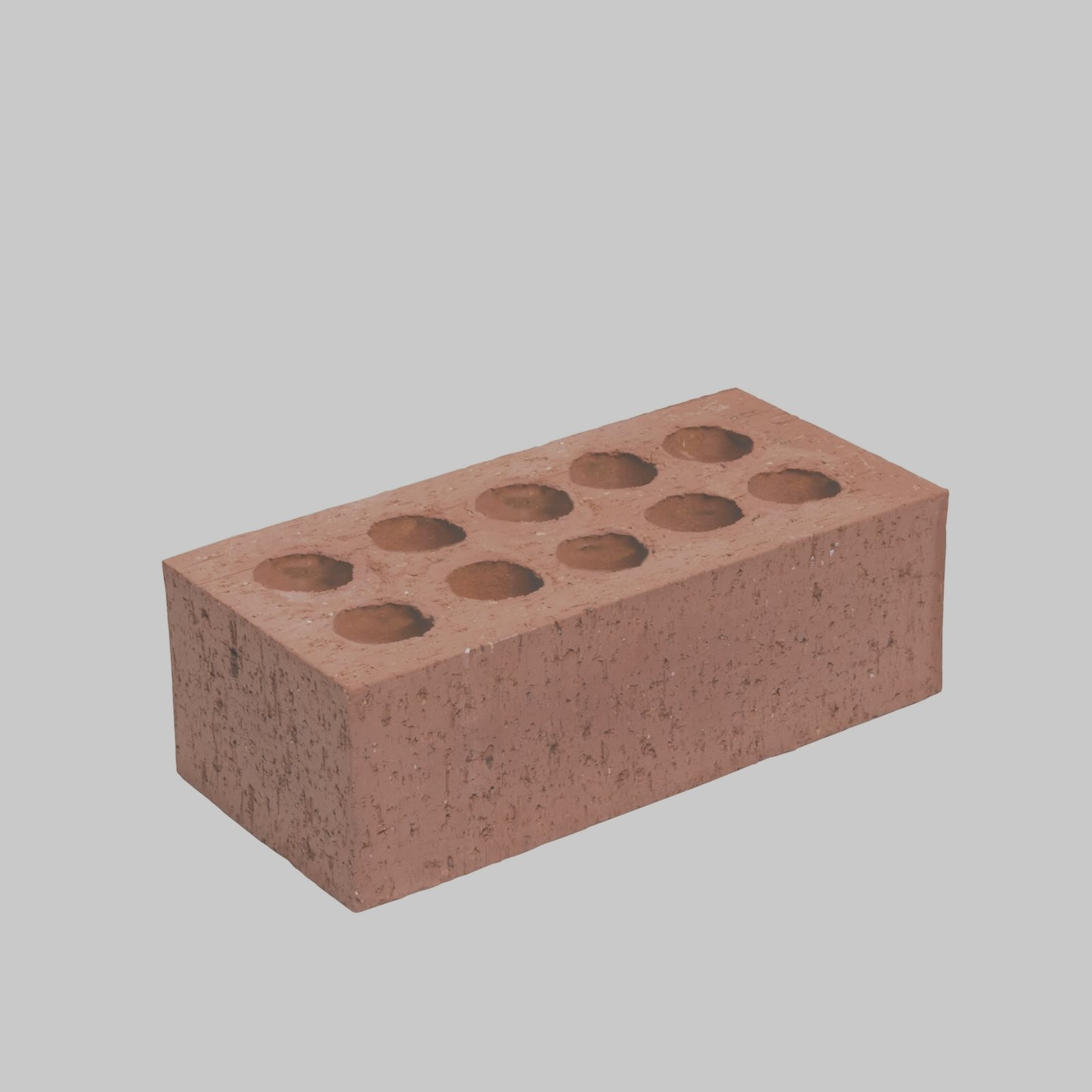
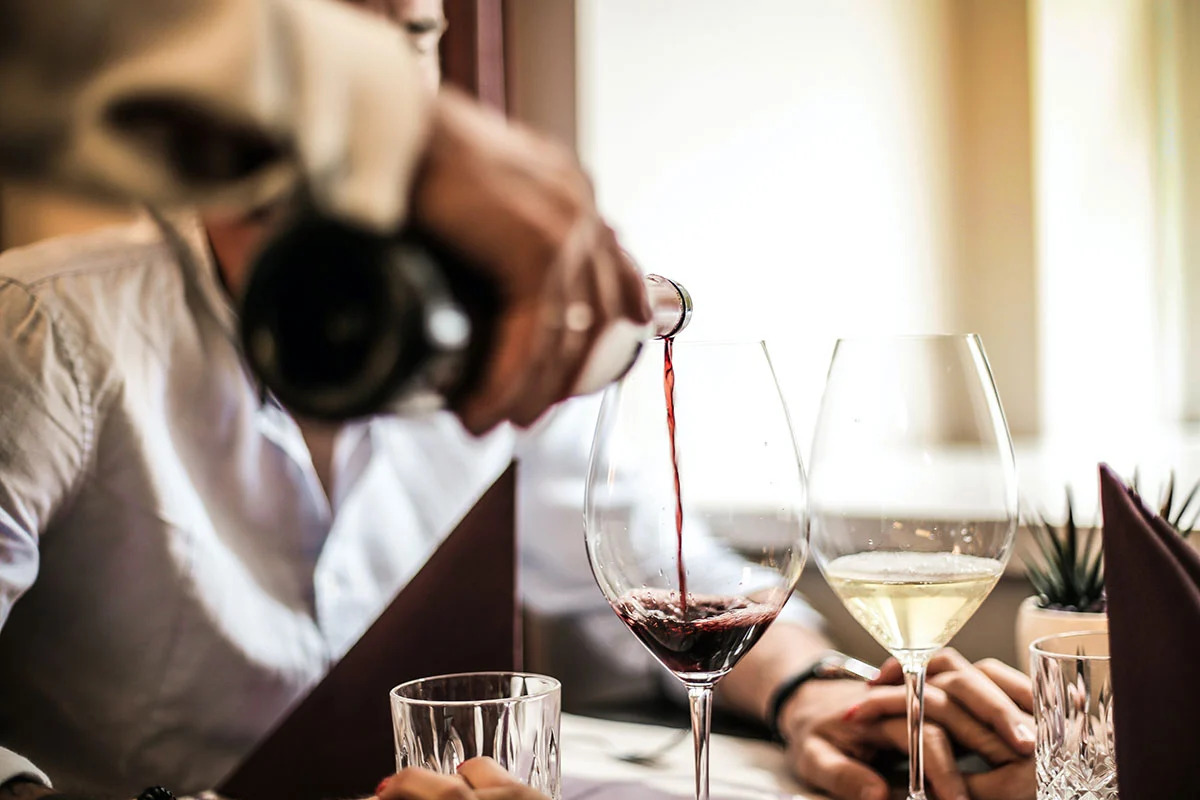
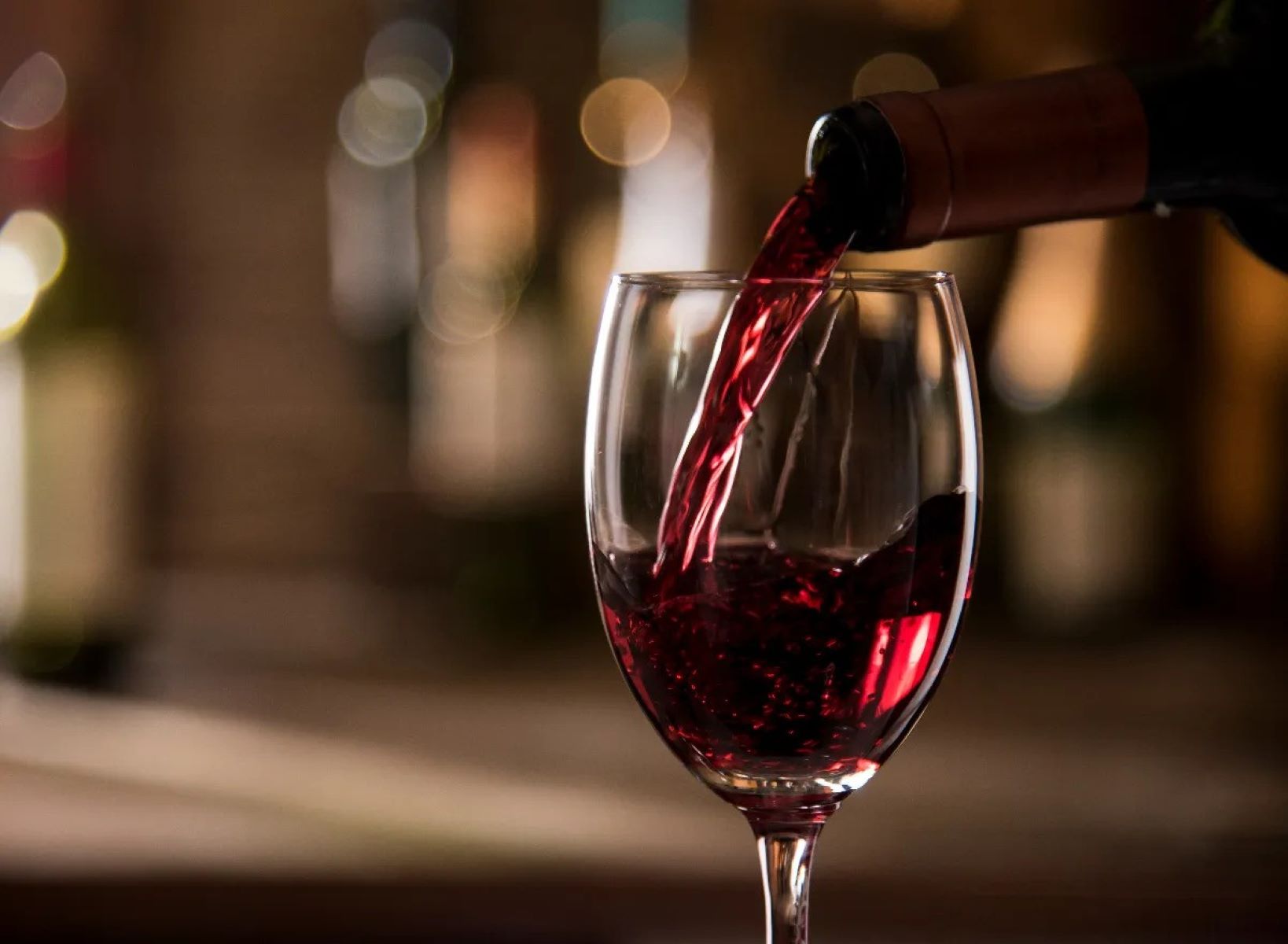
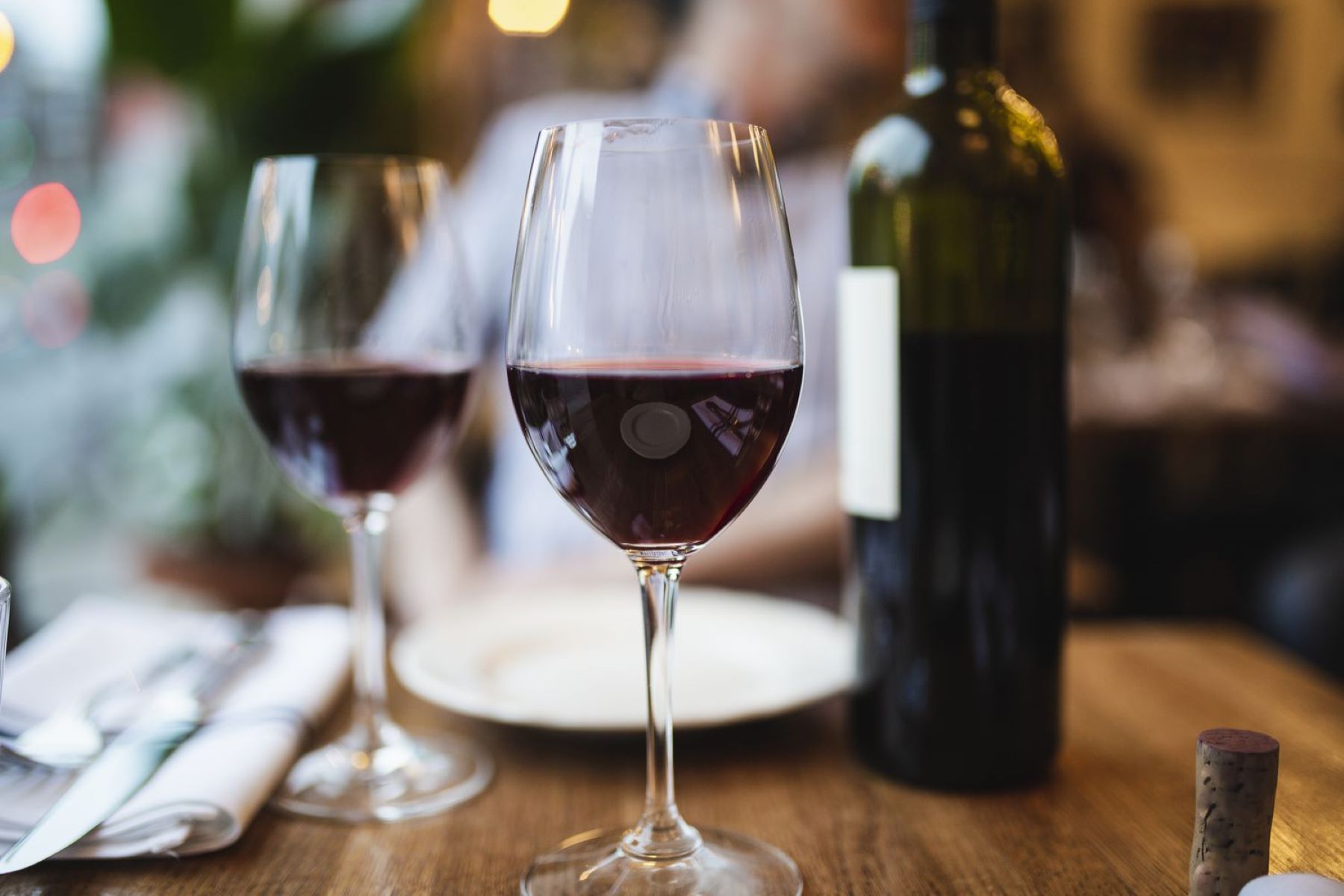

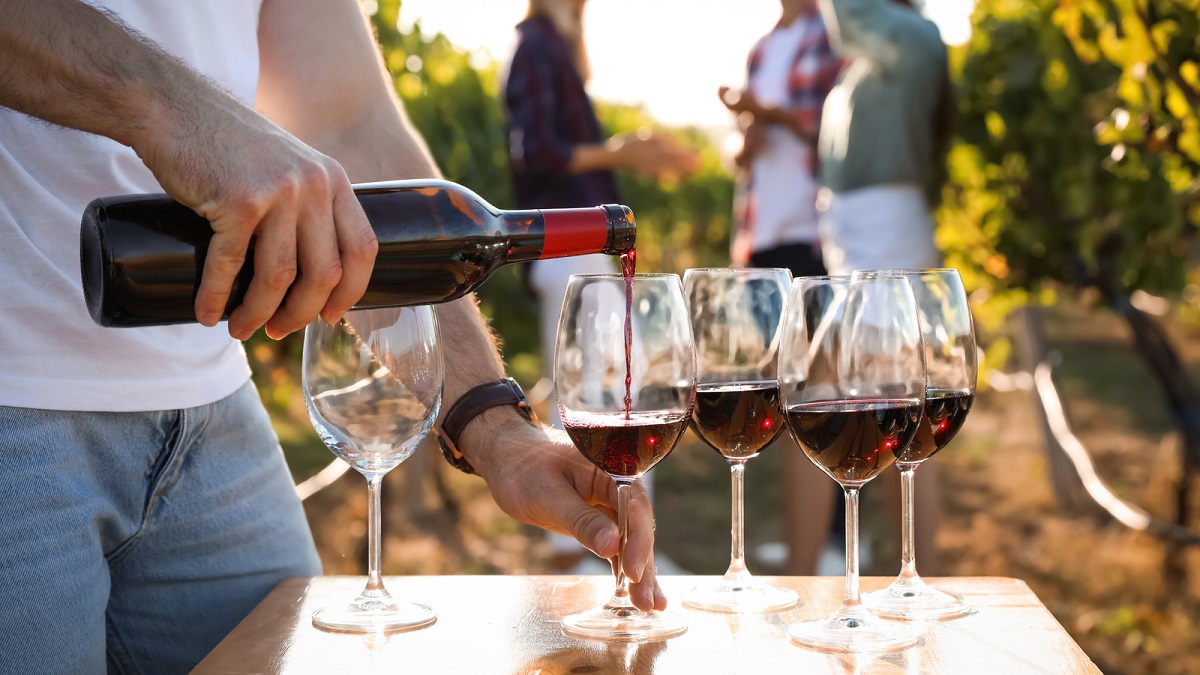
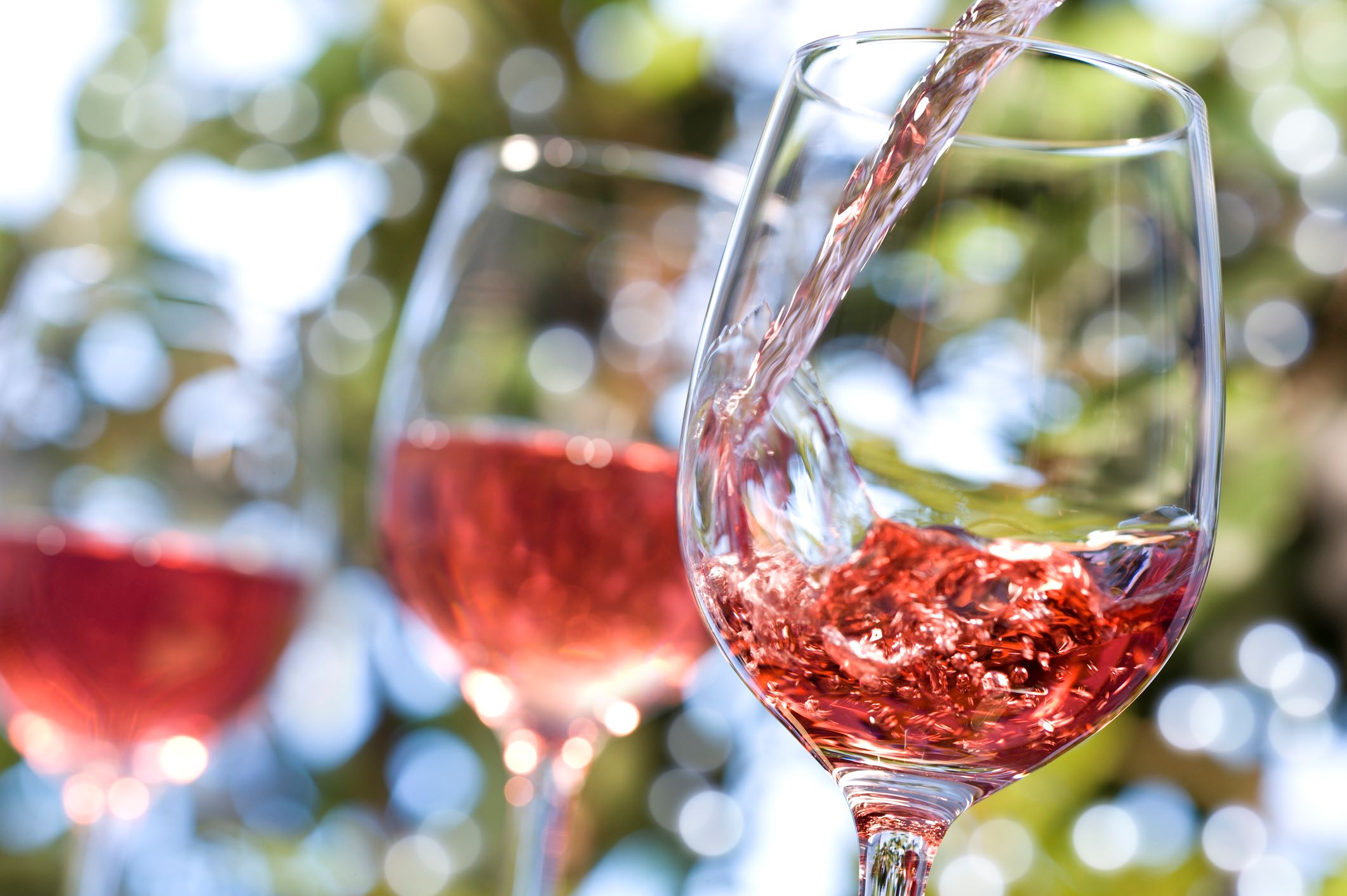
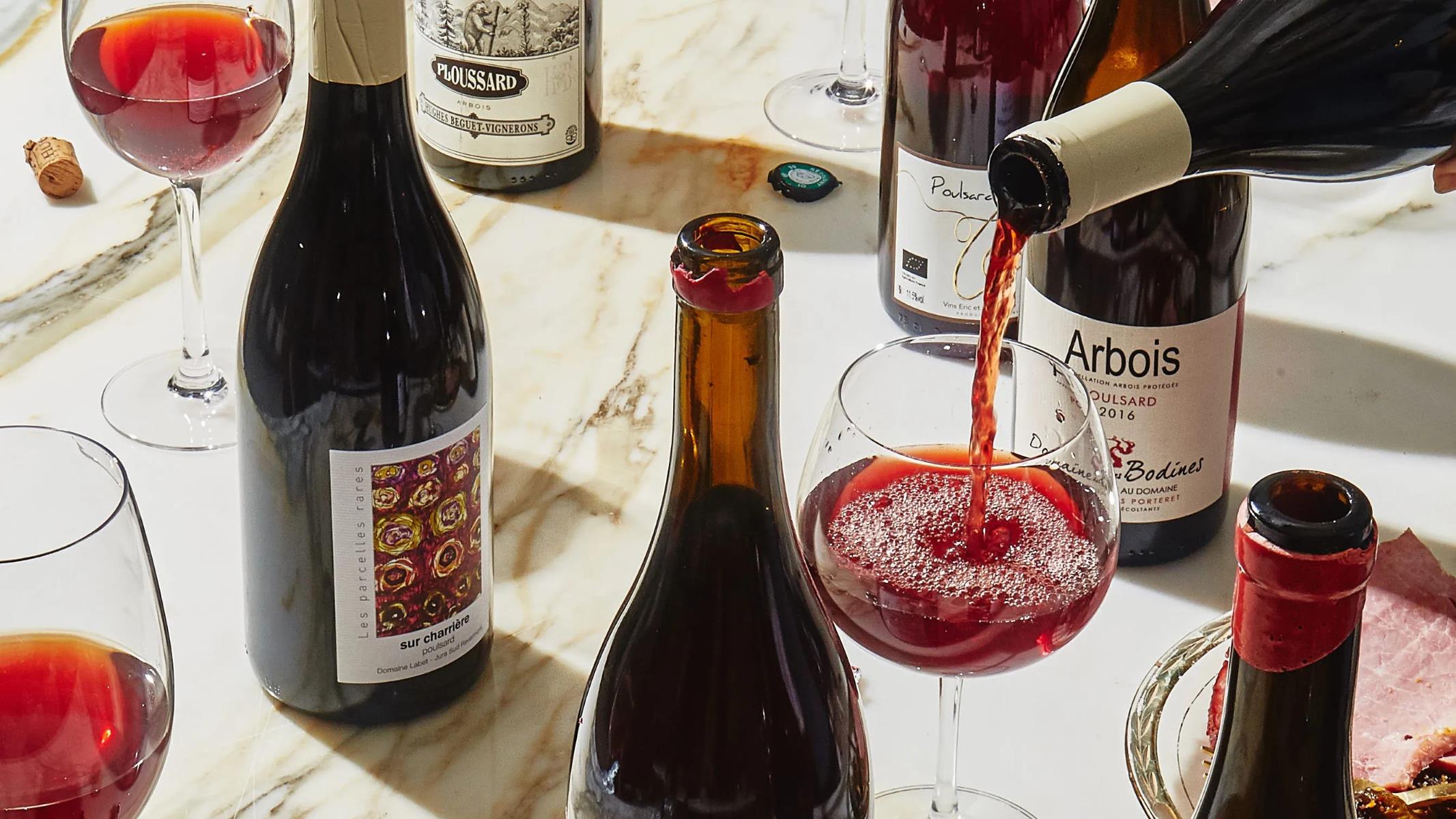
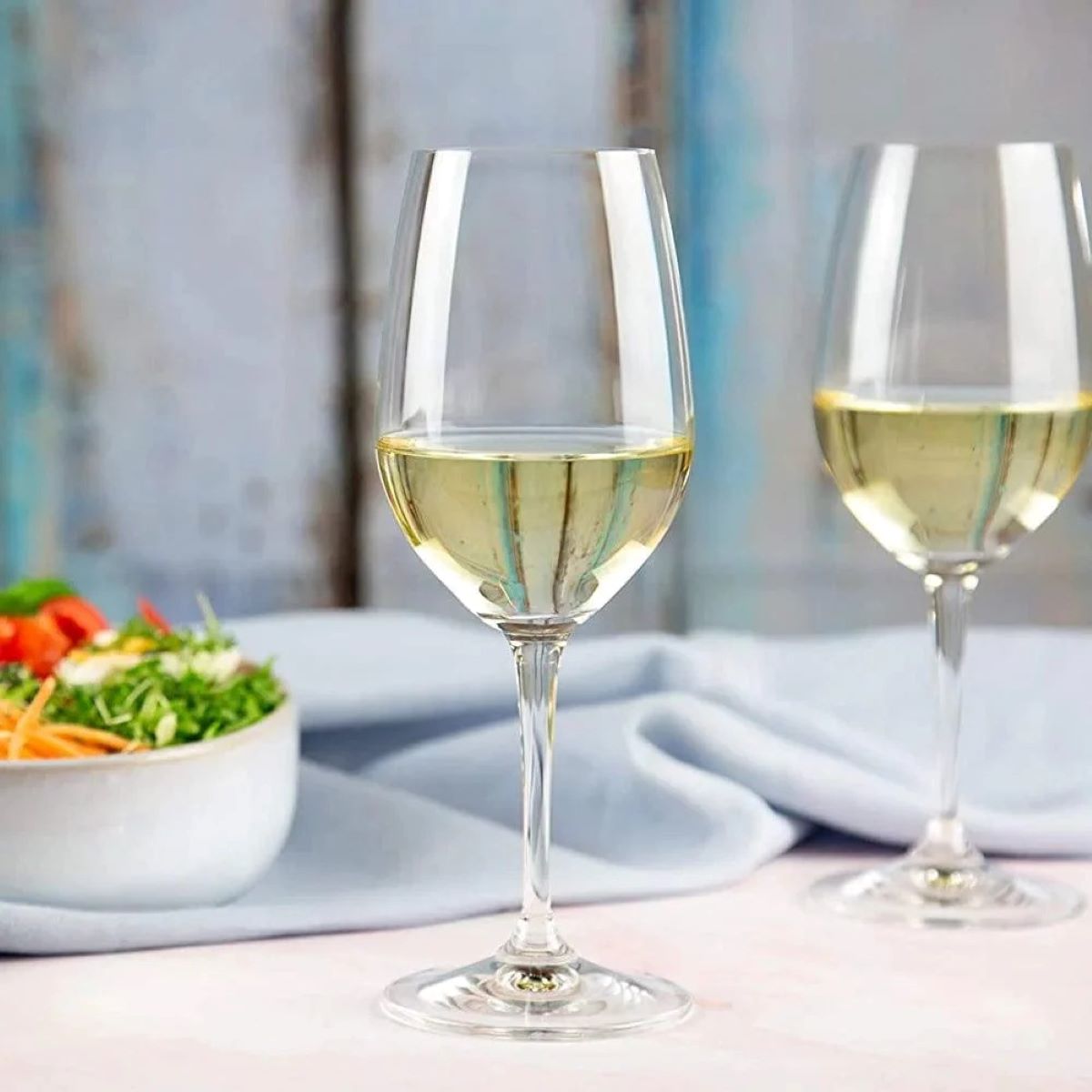
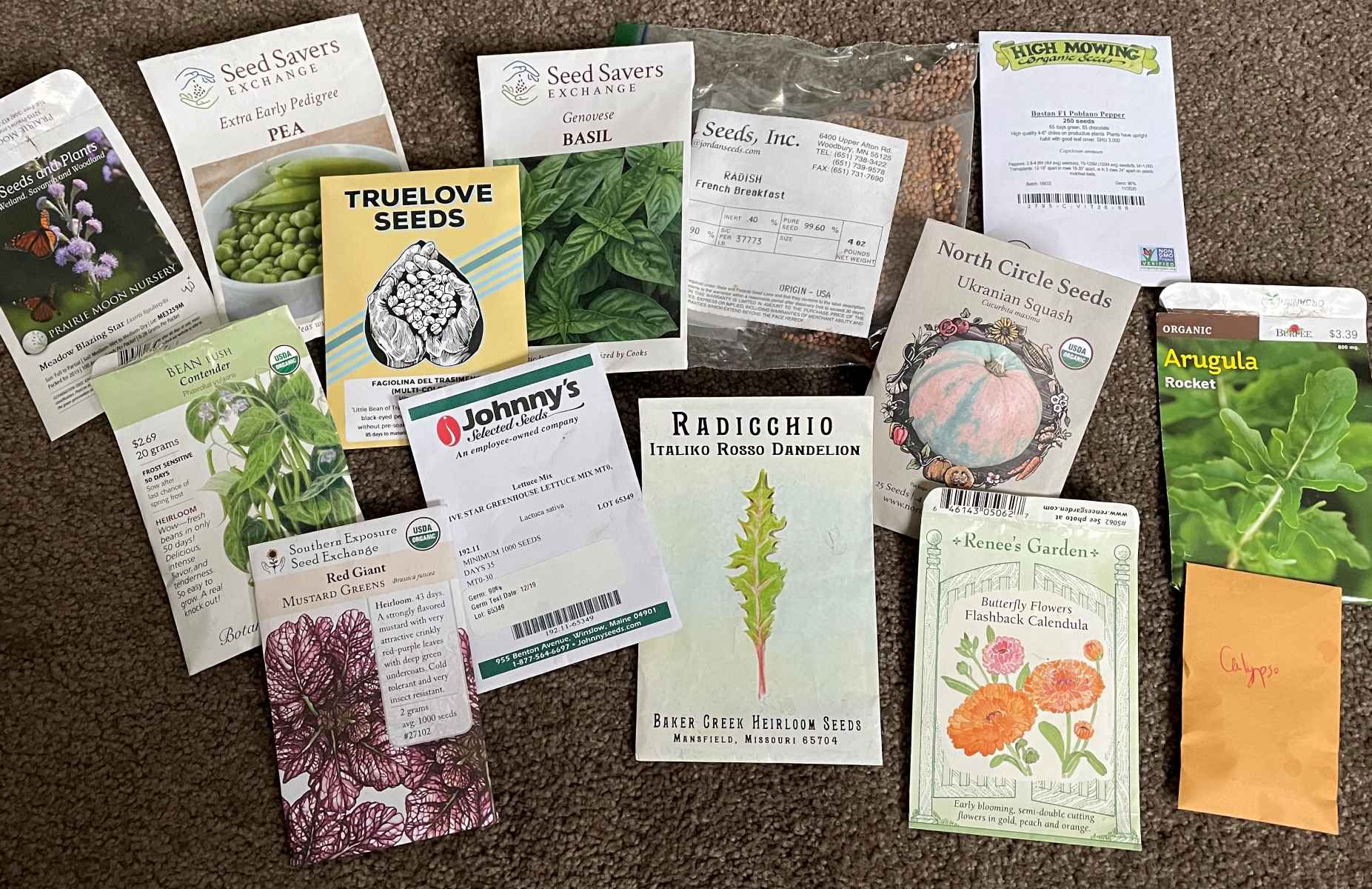
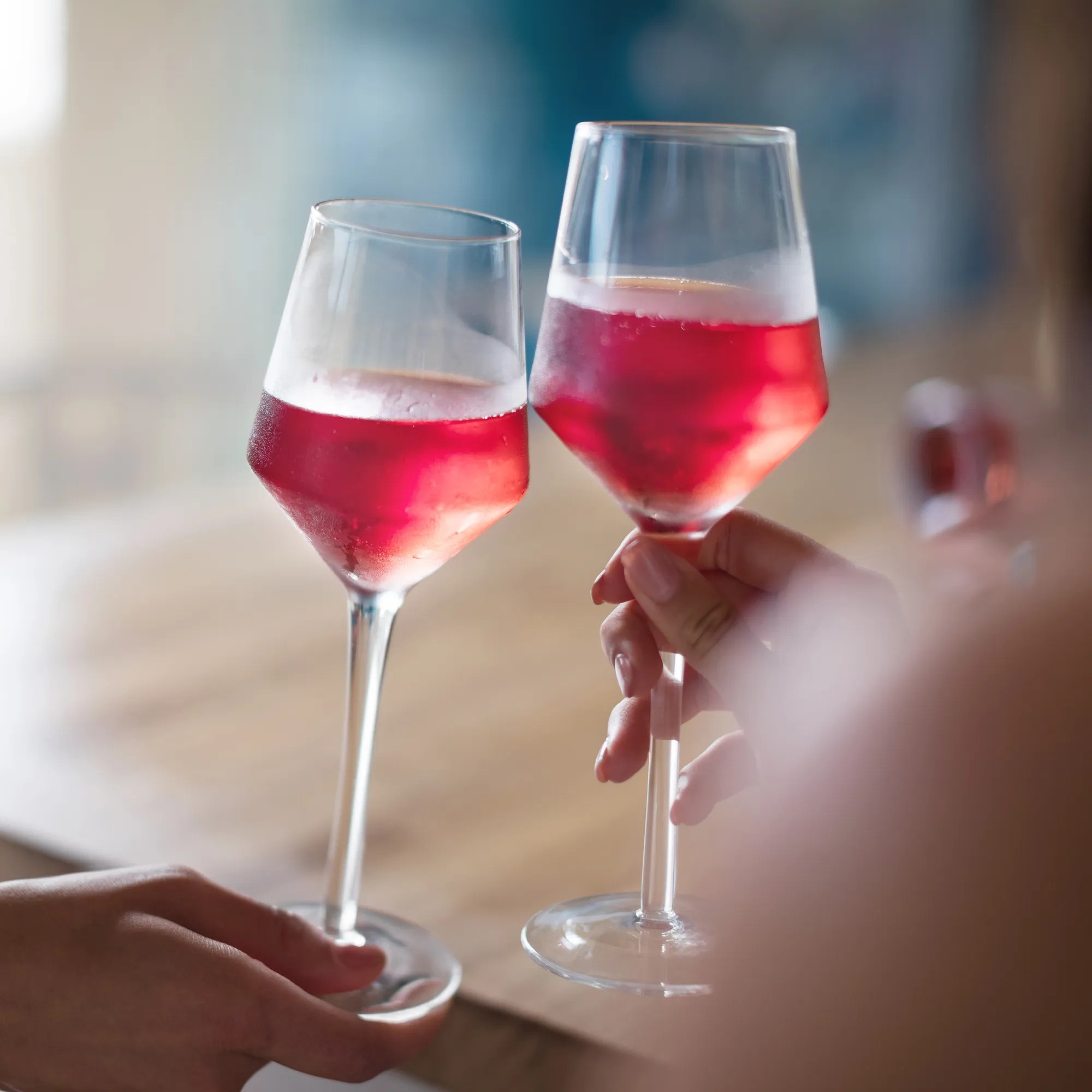
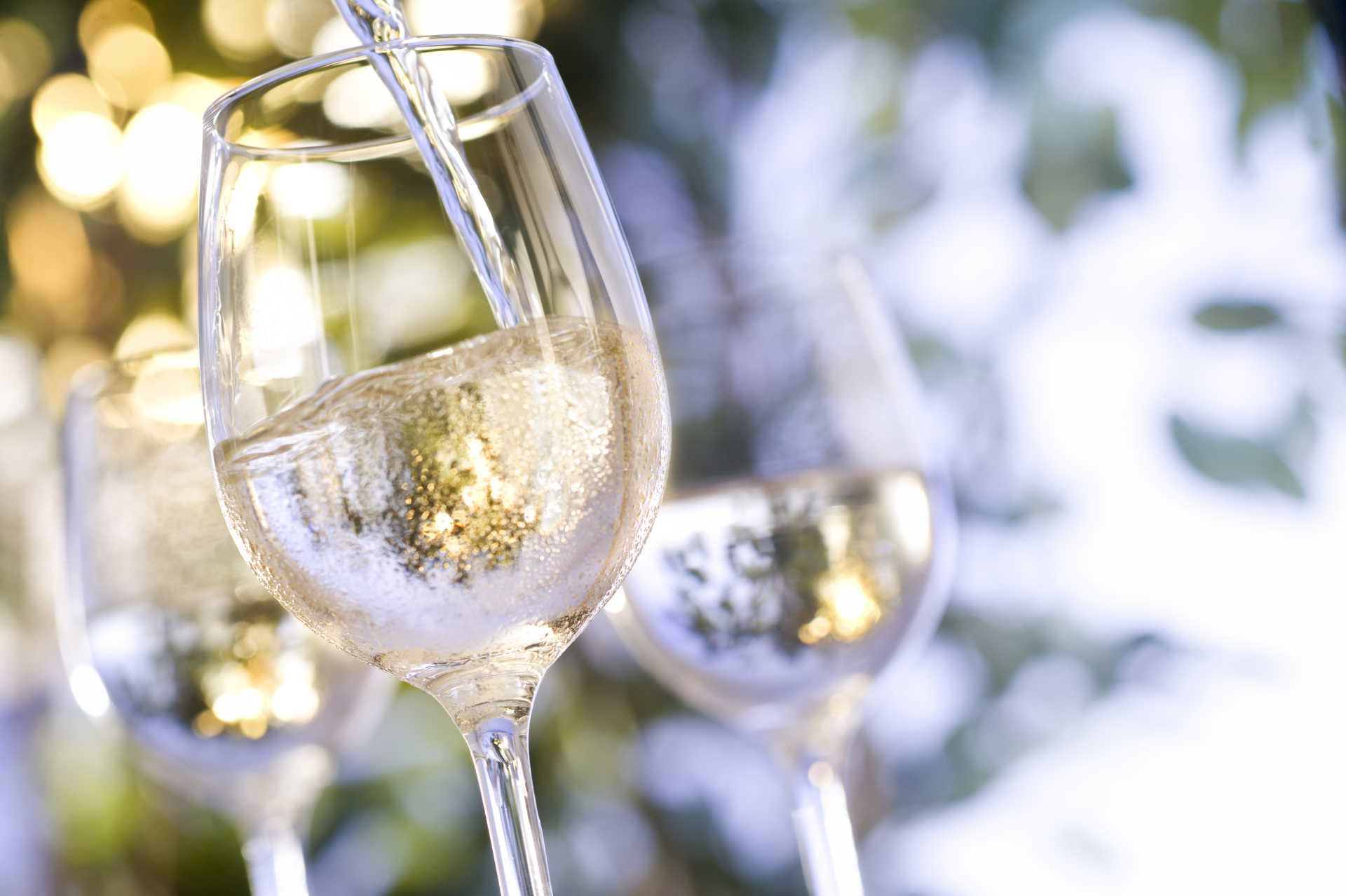
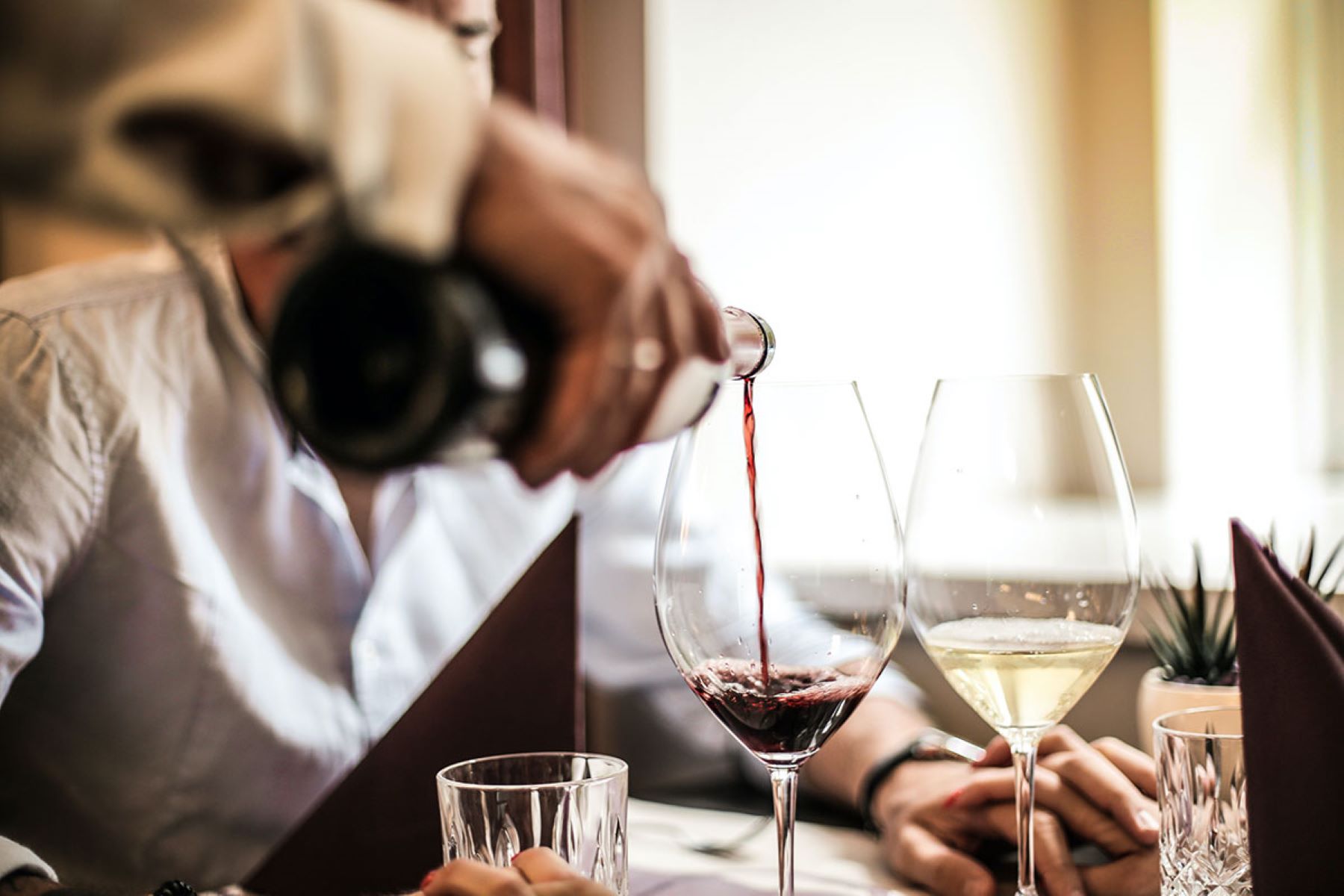
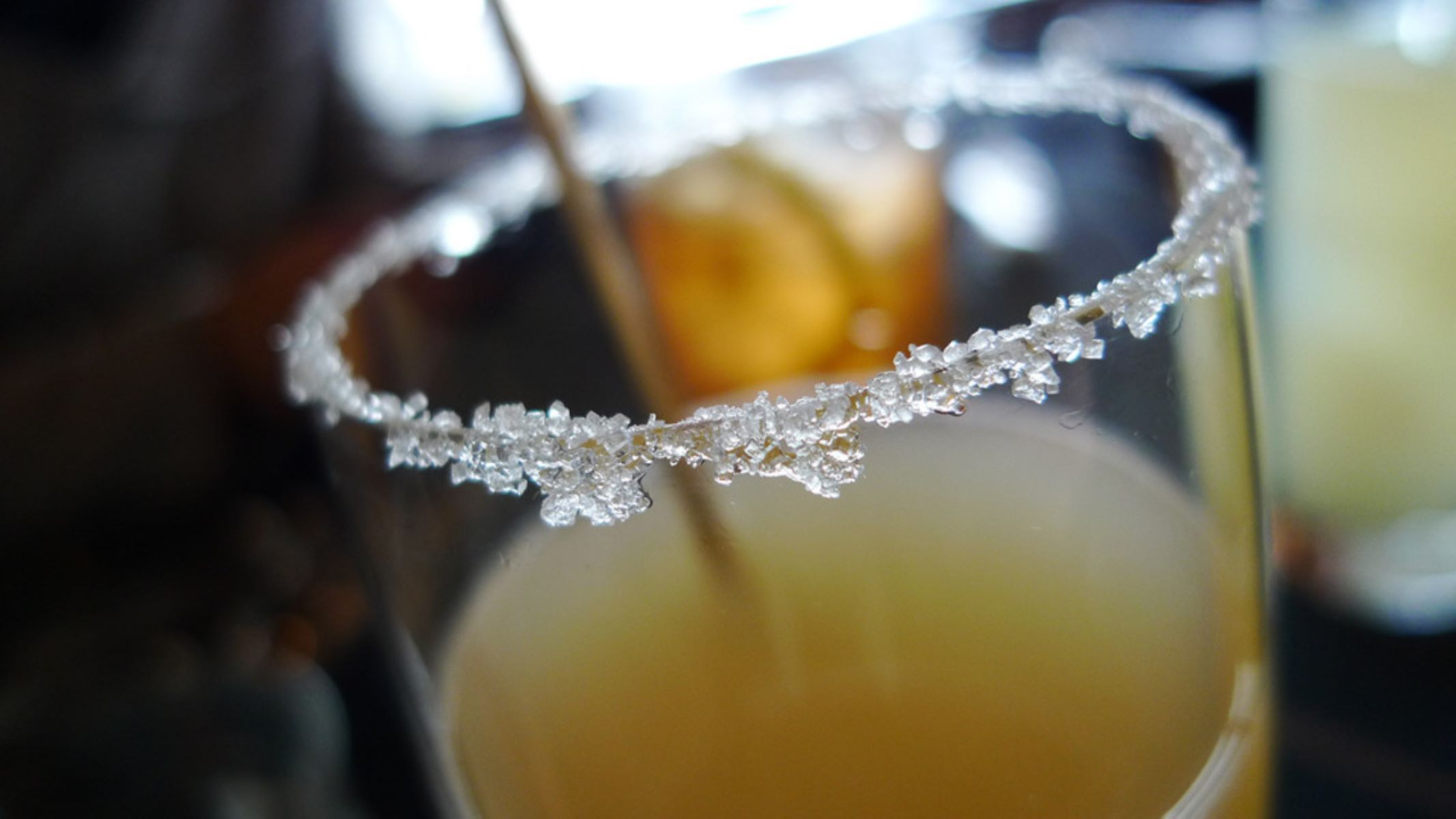

0 thoughts on “How Many Grams Of Sugar Is A Glass Of Wine”